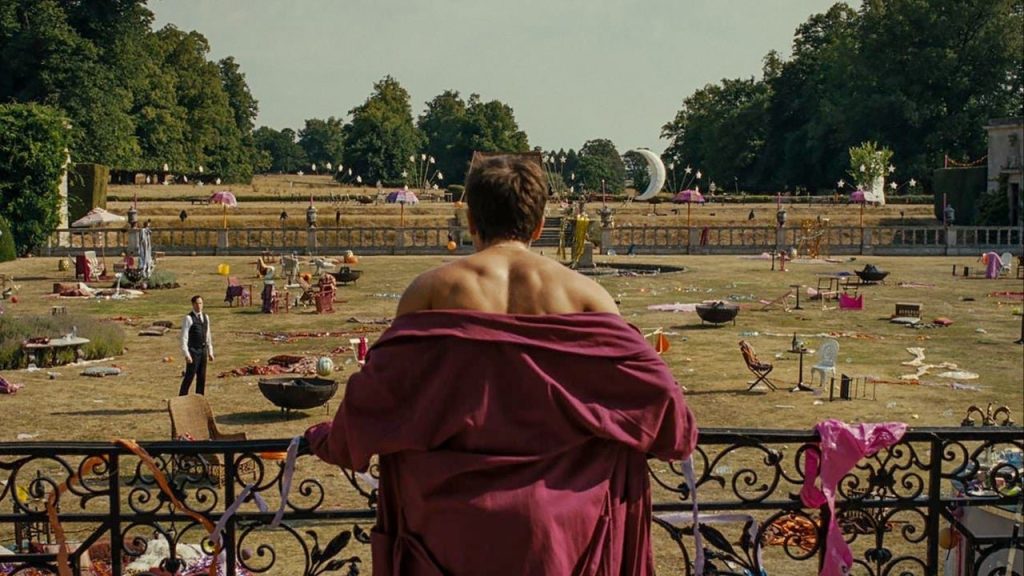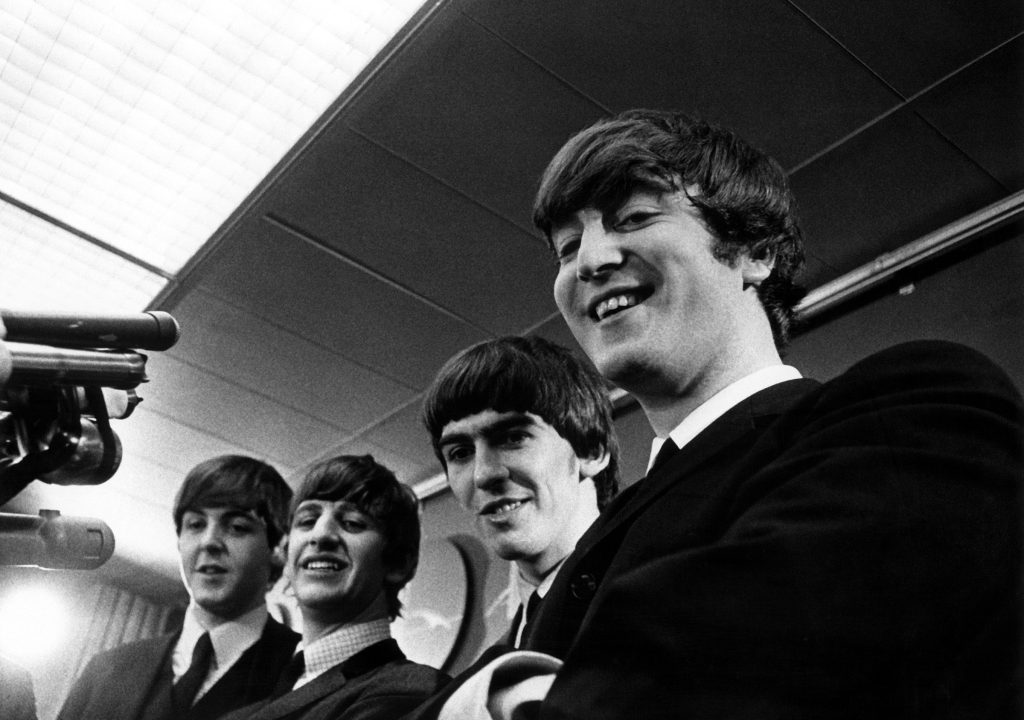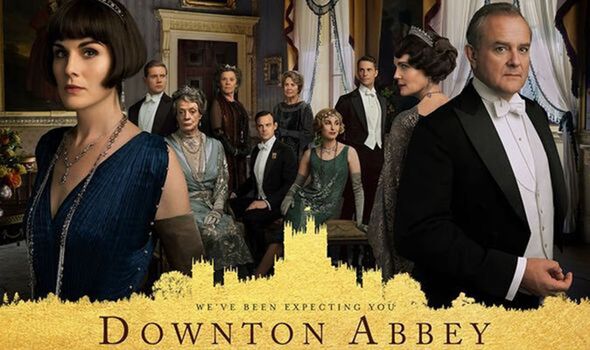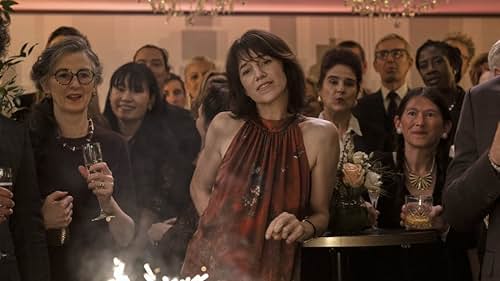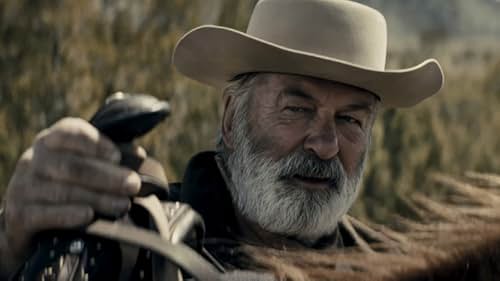When it comes to cinematic moments that capture the essence of desire, few scenes can match the intensity and complexity of the bathtub scene in Anthony Minghella’s 1999 film, _The Talented Mr. Ripley_. This scene, which features Tom Ripley (played by Matt Damon) and Dickie Greenleaf (played by Jude Law), is not just a moment of visual allure but a masterclass in storytelling, character development, and the exploration of hidden desires. It’s a scene that delves deep into the power dynamics between two men, each with their own secrets and yearnings, set against the backdrop of a luxurious Italian vacation.
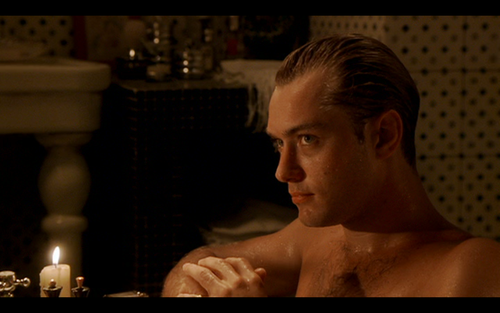
_The Talented Mr. Ripley_ is a film that thrives on its exploration of class, desire, and the thin line between obsession and love. Adapted from Patricia Highsmith’s 1955 novel, the film charts the journey of Tom Ripley, a struggling con artist who is given the opportunity to travel to Italy and persuade the wealthy Dickie Greenleaf to return to the United States. What begins as a simple mission quickly spirals into a web of lies, deceit, and murder. But at the heart of this narrative is the complex relationship between Tom and Dickie, a relationship that is both alluring and toxic.
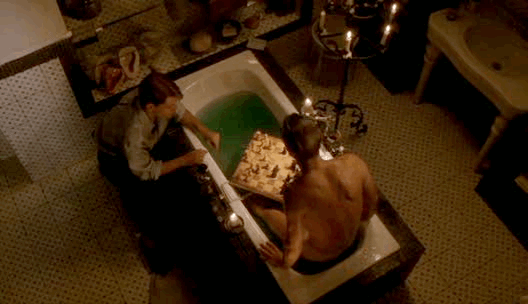
The bathtub scene is a pivotal moment in the film, one that encapsulates the tension and ambiguity of Tom and Dickie’s relationship. Set in a luxurious Italian villa, the scene begins with Dickie soaking in a bathtub, a chess set barely covering his naked body. Tom, fully clothed, stands outside the tub, the two men engaged in a game of chess that is as much about strategy as it is about seduction. The dialogue is filled with double entendres and veiled desires, each man pushing the boundaries of what the other is willing to accept.
Dickie Greenleaf: We’re all only children. What does that mean?
Tom Ripley: It means we’ve never shared a bath. I’m cold, can I get in?
Dickie Greenleaf: No.
Tom Ripley: I didn’t mean with you in it.
Dickie Greenleaf: Okay, get in. I’m like a prune anyway.”
On paper, this exchange might seem straightforward, but in the hands of Minghella, Damon, and Law, it becomes a dance of desire and power. The pauses between lines speak louder than the words themselves, each glance and gesture charged with unspoken meaning. The camera, helmed by cinematographer John Seale, lingers on Law’s body, capturing the raw sexual tension between the two men. It’s a scene that is both visually stunning and emotionally charged, a moment where the film’s themes of desire, obsession, and class conflict come to the forefront.
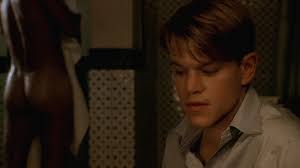
The scene is also significant for its exploration of queer identity and desire. Though the film never explicitly states that Tom and Dickie are homosexual, their interactions are filled with homoerotic undertones. This is particularly evident in the bathtub scene, where the power dynamics between the two men are laid bare. Dickie’s initial refusal to let Tom join him in the tub is a clear rebuff, but it’s also a moment of control, a way for Dickie to assert his dominance over Tom. When Tom finally joins him, it’s not just a physical act but a symbolic one, a moment where Tom crosses a boundary that he knows he shouldn’t.
This scene is not just about desire; it’s also about power. Tom Ripley is a man who feels powerless in his life, a struggling artist with few prospects and even fewer friends. Dickie Greenleaf, on the other hand, is the epitome of privilege, a wealthy young man who has everything he could ever want. In their interactions, Tom is constantly seeking validation and acceptance from Dickie, while Dickie seems to revel in the attention and control he has over Tom. This power dynamic is at the heart of their relationship, a tension that ultimately leads to tragedy.
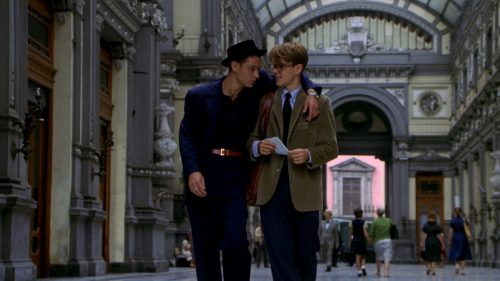
The bathtub scene is also notable for its visual and narrative significance. The chess game they play is a metaphor for their relationship, each move a strategic attempt to gain the upper hand. The camera work, with its close-ups and lingering shots, adds to the scene’s intensity, making the viewer feel as if they are part of the moment. The scene is also a visual feast, with the luxurious setting and the actors’ physicality adding to the overall allure.
But perhaps the most fascinating aspect of the bathtub scene is its role in the film’s larger narrative. This moment is not just a fleeting encounter; it’s a turning point in the story. It’s the moment when Tom’s obsession with Dickie begins to spiral out of control, leading to the film’s tragic conclusion. The scene sets the stage for the violence and betrayal that will follow, a reminder that desire and power are intertwined in ways that can be both beautiful and deadly.
In the end, the bathtub scene in _The Talented Mr. Ripley_ is more than just a moment of cinematic beauty. It’s a masterful exploration of desire, power, and the complex relationships between men. It’s a scene that captures the essence of the film’s themes and characters, a moment that is both visually stunning and emotionally charged. Through this scene, Minghella and his cast and crew create a narrative that is both compelling and thought-provoking, a story that delves deep into the human psyche and the nature of desire.
So the next time you watch _The Talented Mr. Ripley_, pay close attention to the bathtub scene. Notice the way the camera lingers on Law’s body, the way Damon’s eyes betray his longing, and the way the dialogue crackles with tension. It’s a scene that is both a moment of beauty and a moment of truth, a reminder that sometimes the most powerful moments in cinema are the ones that are left unsaid.

